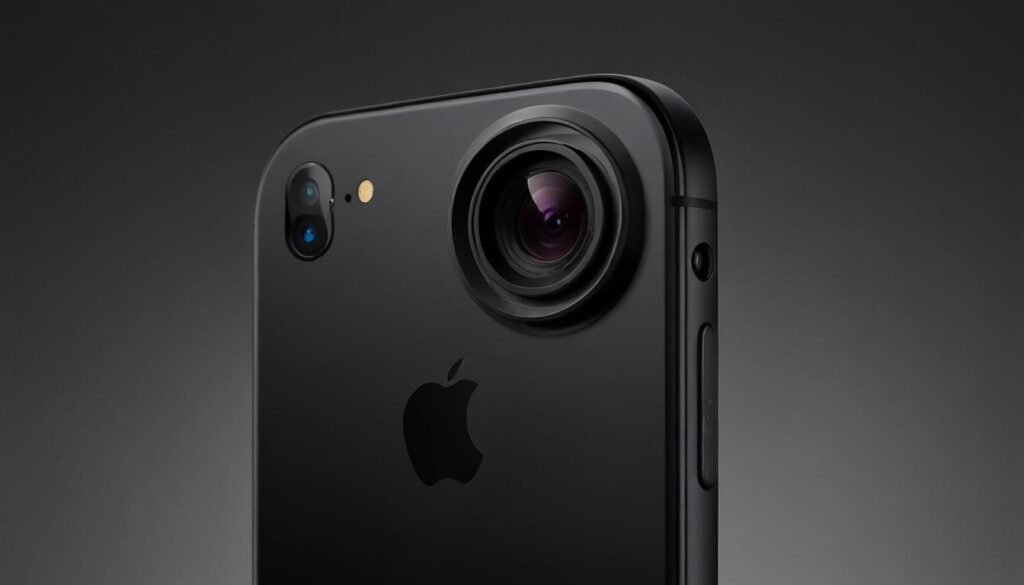The new iPhone 16 lineup introduces a groundbreaking Camera Control feature, simplifying photo and video capture, while Qualcomm unveils an AI Orchestrator for enhanced personal device integration.
Apple has taken centre stage yet again with its release of the iPhone 16 lineup, showcasing a new feature that has piqued the interest of both tech enthusiasts and the everyday user. The innovative “Camera Control” feature is one of the most discussed attributes of the iPhone 16, iPhone 16 Plus, iPhone 16 Pro, and iPhone 16 Pro Max.
In a rare gesture, Apple designers Rich Dinh and Johnny Manzari shed light on the thought process behind this development during an appearance on Cool Hunting magazine’s Design Tangents podcast. They emphasised that the Camera Control, a brand-new button exclusively available on the iPhone 16 series, is built to simplify the task of capturing photos and videos swiftly and effortlessly.
The Camera Control feature is especially groundbreaking for Apple, as it combines a force sensor and a capacitive sensor within a mechanical button—a first for the tech giant. Dinh explained, “The magic of Camera Control is that fast capture experience, getting us a little bit closer to never missing a moment.” The design allows users to launch the camera quickly, take photos, or even shoot videos by merely adjusting their touch pressure on the button, enhancing the user experience without the need to alter their grip.
Johnny Manzari highlighted the significance of these enhancements by relating them to real-life scenarios, especially those involving family experiences. Manzari shared personal anecdotes about switching from traditional camera equipment to using an iPhone for capturing precious family moments. He noted, “It’s just much easier to hang out with your kids when you’re not bringing a lot of equipment with you.”
Rich Dinh elaborated on the technical sophistication put into the Camera Control’s design. Not only does it focus on functionality, but it also incorporates premium materials such as sapphire and stainless steel, giving it a refined, durable, and aesthetically pleasing finish. The button itself is designed to sit flush within the phone, maintaining the sleek appearance that Apple is renowned for, while providing a tactile feedback experience through a combination of micromovement detection and vibration feedback.
Despite these advancements, there are teething issues. The rollout of the iPhone 16’s feature set has been somewhat uneven, with certain functionalities anticipated but not fully realised as of yet. While it enhances landscape-oriented photography by mirroring traditional camera ergonomics, it appears less intuitive for vertical media capture, a burgeoning trend in today’s social media-driven landscape.
Meanwhile, another significant development in the tech industry is the unveiling of the Qualcomm AI Orchestrator. This system seeks to revolutionise how artificial intelligence is leveraged across personal devices. The orchestrator integrates AI tools, allowing them to operate directly on user devices such as smartphones, computers, and even cars. It seeks to enhance personalisation by taking into account user habits, preferences, and daily routines to deliver a more customised AI experience.
Qualcomm’s system offers a unique advantage by ensuring that AI operations stay confined to the user’s device. This not only boosts speed by reducing reliance on cloud processing but also enhances security, as personal data is not continuously sent to external servers.
Through the unfolding of such innovations, both Apple and Qualcomm are pushing the envelope, redefining user interactions with technology in their individualistic ways. Apple strides forward with its tangible additions to smartphone functionality, while Qualcomm pioneers a seamless integration of AI capabilities within personal gadgets. These developments mark a notable trajectory in the ever-evolving landscape of consumer technology, drawing users closer to a more intuitive and interconnected digital experience.
Source: Noah Wire Services


